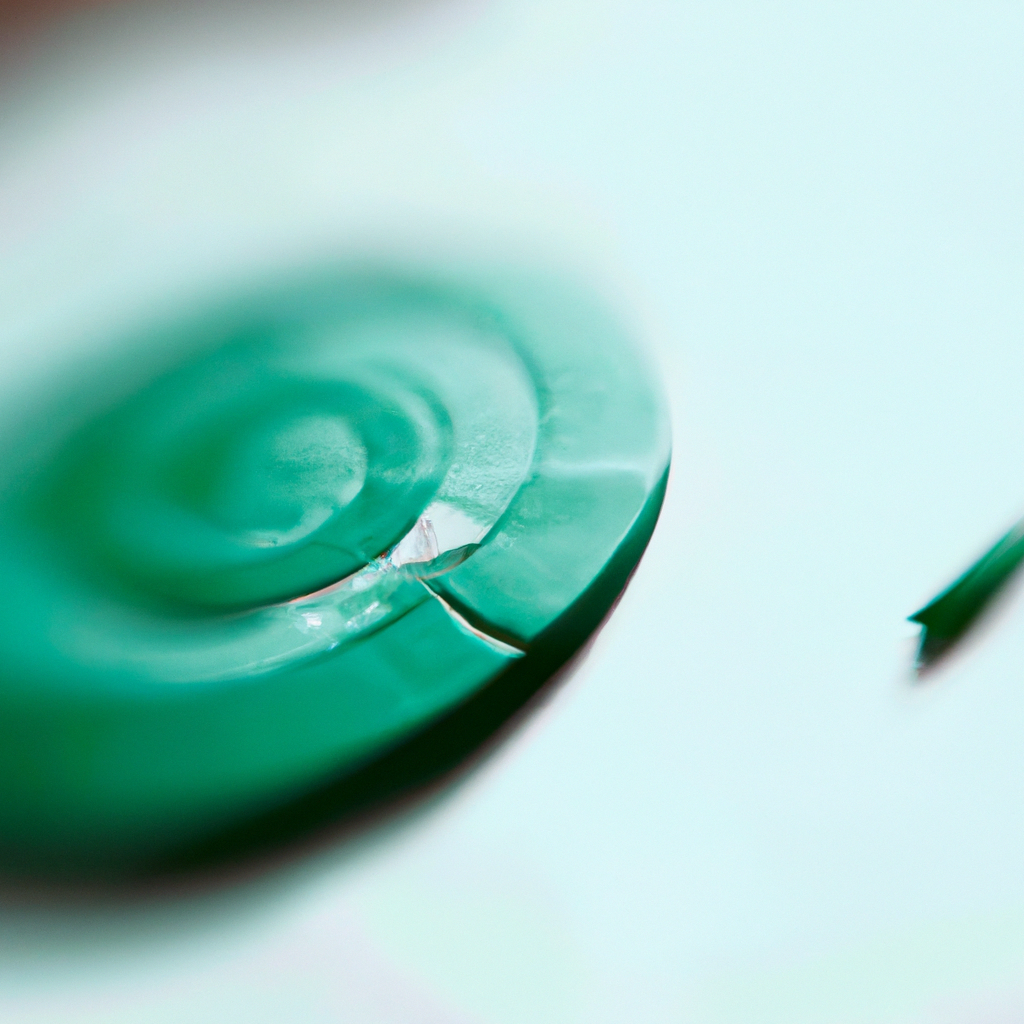The Fibonacci sequence is a term that many of us have come across in our mathematics classes and may not have given much thought to its significance in nature. However, the Fibonacci sequence and the related golden ratio have a profound impact on the patterns and shapes that we see in the natural world. In this article, we will explore the significance of the Fibonacci sequence in nature from a mathematical and scientific perspective.
The Fibonacci sequence is a series of numbers where each number is the sum of the two preceding numbers. The sequence starts with 0, 1, 1, 2, 3, 5, 8, 13, 21, and so on. This sequence is named after the Italian mathematician Leonardo Fibonacci, who introduced the sequence to the western world in the 13th century.
## The Golden Ratio
The golden ratio is a mathematical concept that is closely related to the Fibonacci sequence. The golden ratio is a special number that is found by dividing a line into two parts in such a way that the longer part divided by the smaller part is equal to the whole length divided by the longer part. This ratio is denoted by the Greek letter phi (φ) and is approximately equal to 1.61803398875.
The golden ratio is found in many natural forms. For example, the spiral shape of seashells, snail shells, and the arrangement of leaves on a stem all follow the golden ratio. The golden ratio can also be seen in the proportions of the human body, such as the relative lengths of the fingers and the distances between the joints.
## Patterns in Nature
The Fibonacci sequence and the golden ratio are also found in many other patterns in nature. For example, the arrangement of seeds in a sunflower follows the Fibonacci sequence. The seeds are arranged in a spiral pattern, with the number of spirals in one direction being a Fibonacci number, and the number of spirals in the other direction being a consecutive Fibonacci number.
The same pattern can be seen in pine cones, where the scales are arranged in a spiral pattern. The number of spirals in one direction is a Fibonacci number, and the number of spirals in the other direction is a consecutive Fibonacci number. This pattern is also seen in the arrangement of petals in flowers.
## Mathematics in Nature
The Fibonacci sequence and the golden ratio are not limited to the world of biology. They can also be seen in the shapes and patterns found in the physical world. For example, the spiral shape of galaxies and the arrangement of branches on trees follow the Fibonacci sequence and the golden ratio.
The golden ratio is also found in geometric shapes such as rectangles and triangles. The ratio of the sides of a rectangle that follows the golden ratio is known as a golden rectangle. When a square is removed from a golden rectangle, the remaining rectangle is also a golden rectangle. This pattern can be repeated infinitely, creating a spiral shape known as the golden spiral.
## Biology and Science
The significance of the Fibonacci sequence in nature extends beyond its beauty and aesthetic appeal. Scientists have discovered that the Fibonacci sequence and the golden ratio are also found in the growth patterns of many living organisms. For example, the growth of branches on trees and the arrangement of veins in leaves follow the Fibonacci sequence and the golden ratio.
Understanding the significance of the Fibonacci sequence in nature has practical applications in fields such as biology and botany. By studying the growth patterns of plants and animals, scientists can gain insight into the underlying mechanisms that govern their development. This knowledge can help us develop new technologies and techniques for improving crop yields, protecting endangered species, and promoting sustainable development.
In conclusion, the Fibonacci sequence and the golden ratio are ubiquitous in nature, from the spiral shapes of seashells to the growth patterns of plants and animals. These mathematical concepts not only add to the aesthetic beauty of the natural world but also have practical applications in fields such as biology and botany. As we continue to explore the mysteries of the natural world, we can be sure that the Fibonacci sequence and the golden ratio will continue to reveal themselves in new and unexpected ways.







